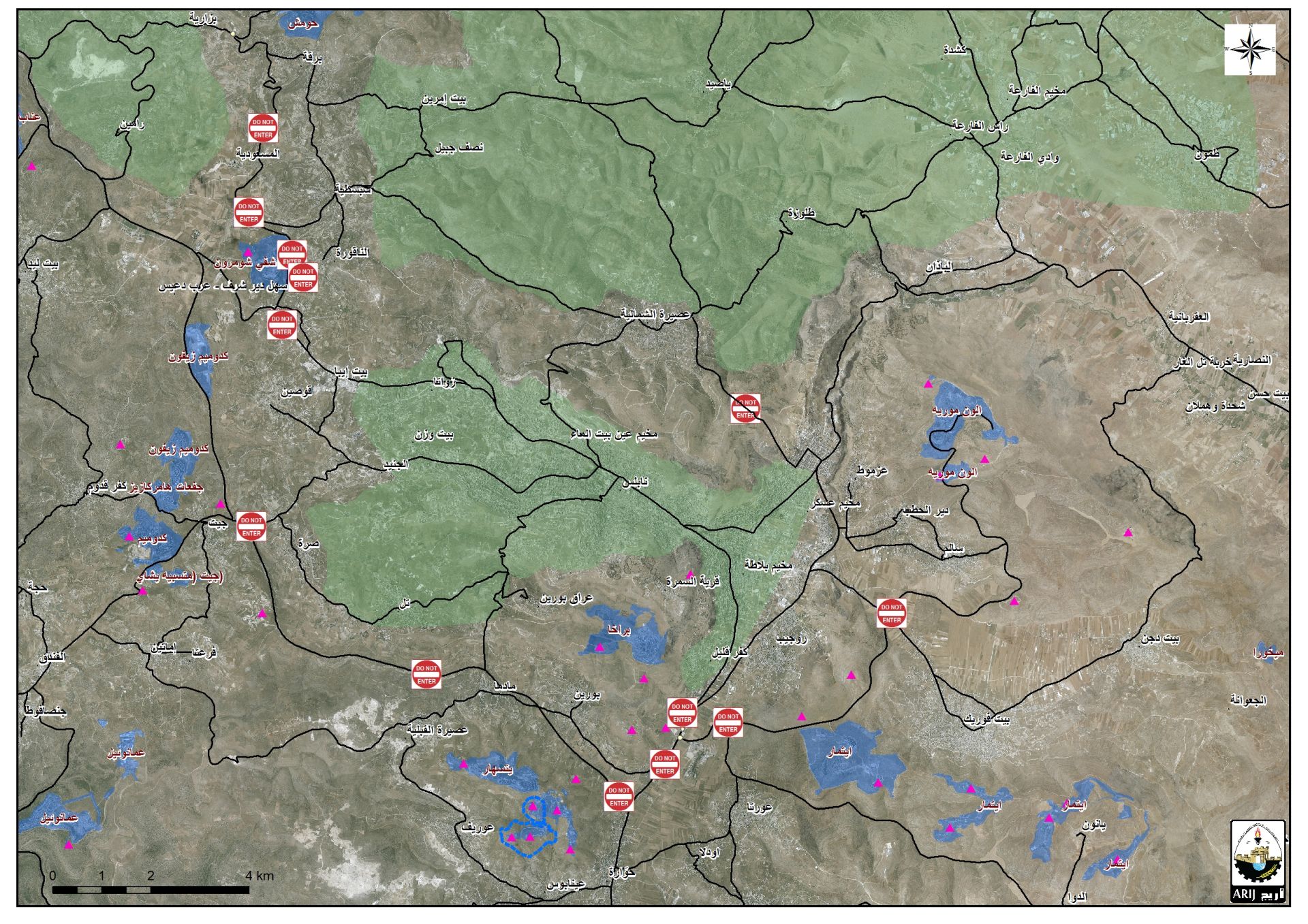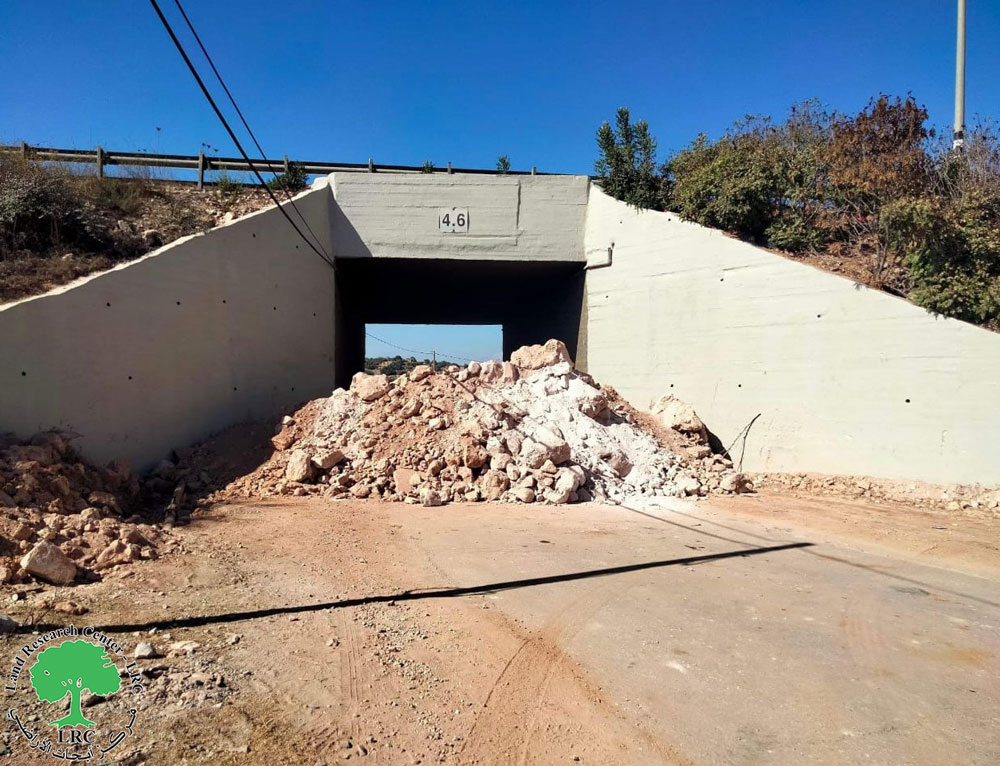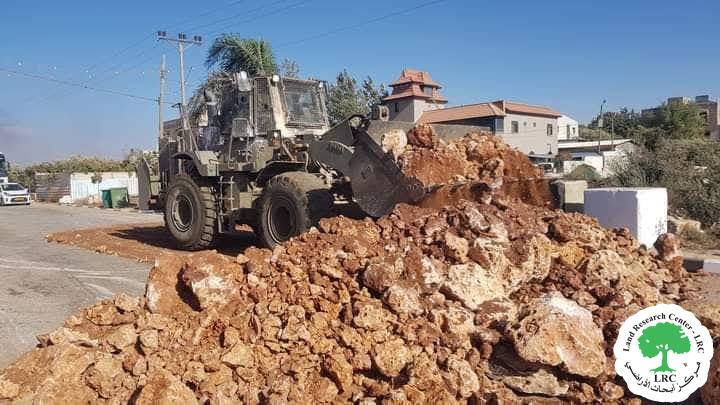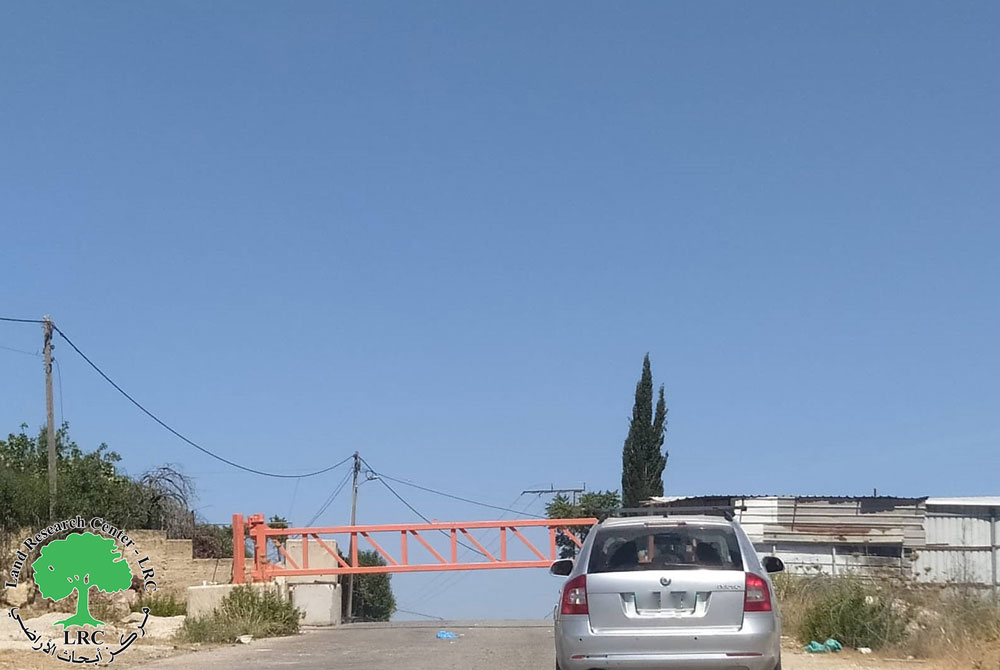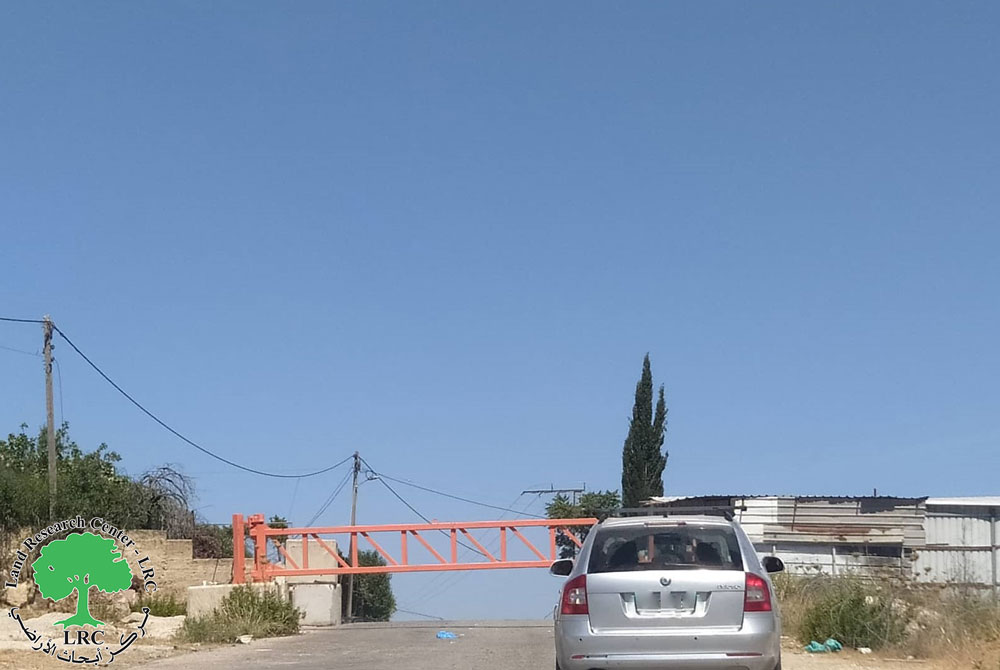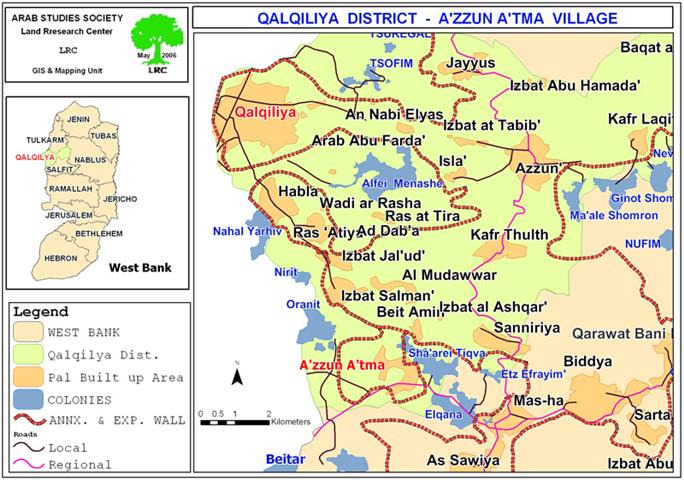Location, population and area
The village of Jayyus is located 8 km to the north east of the city of Qalqiliya. It is adjacent to the green line and parts of its lands fall behind the green line. Jayyus has the population of 3200 inhabitants mostly depending on agriculture and animal breeding as source of living after loosing their jobs inside Israel.
The lands of Jayyus is amongst the most fertile lands in the area. It's total area is 13045 dunums, of which 590 dunums are built up areas, 1500 cultivated with irrigated ground crops and citrus, 300 dunums of agricultural roads, as well as 10655 dunums of olive and almond trees.
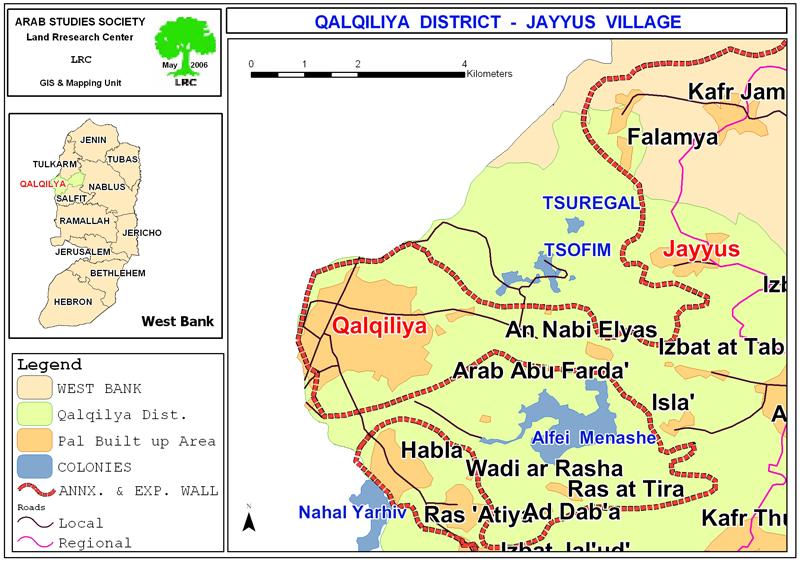
Map 1: location of Jayyus, Qalqiliya
Jayyus is considered an example and a living witness on the barbarism of Israeli occupation in the region. The Israeli land grab policies and population eviction as a result of the Wall is clearly demonstrated in Jayyus as the village lost more than 8,600 dunums ( 66% of the total) of its lands behind the Wall, in addition to the destruction of more than 600 dunums ( 9% of the total) under the route of the Wall. This, in turn, led to a real humanitarian crisis for the 3200 residents of the village especially that most of them became dependent on the agriculture sector as the main source of income since they lost their jobs inside the Green Line. Most of the irrigated and un-irrigated agricultural lands which form 90% of the village's general income were separated behind the Wall.


(Photo 1 & Photo 2: Parts of Jayysu fertile land separated behind the Wall)
Photo courtesy of Jayyus town website
Prevention of Fertilizer Entry
Israeli occupation forces started since the beginning of May 2006, and without any prior warning, to stop the flow of all types of agricultural fertilizers to the agricultural lands located behind the wall in Jayyus. This step will reflect negatively on the agricultural sector in the whole region given the fact that more than 120 greenhouses and more than 30,000 citrus trees are located behind the Wall as they are considered to be the main source of income to more than 75% of the residents of the village. Such a decision comes at a time that is pivotal in the agricultural cycle in which fertilizing plays a major role in assuring a productive season. The lack of fertilizer administration due to Israeli policies will undoubtedly cause financial losses to an already strapped Palestinian agriculture sector which will lead to new humanitarian crises in the region.
Iron Gates in the Segregation Wall
The Wall was built at the depth of 6 km to the east of the green line over Jayyus lands leading to the total devastation of 600 dunums under it's path, in addition to the uprooting and destruction of more than 4000 olive and almond trees.
Israeli occupation forces placed two iron gates in the Wall for the residents of Jayyus; the first is located in northwest of the village and is usually opens for 12 hours daily while the second one is located south of the village and opens three times a day for one hour each time. Ever since the establishment of the gates, occupation forces started relentless pressure on the farmers of the village as more than 75% of the residents need special permits that allows them to access their lands through the gates. Moreover, the opening and closing of the gates has depended largely on the mood of the soldiers manning them.
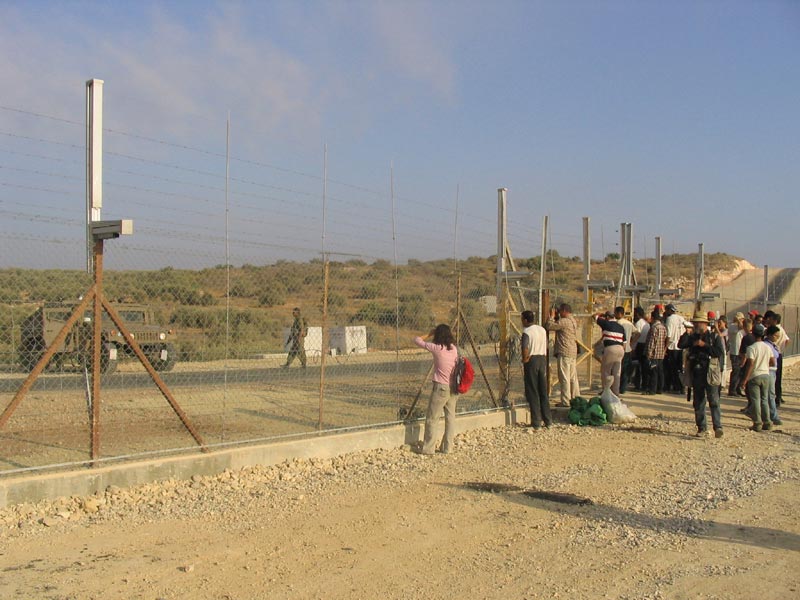
(Photo 3: A group of Palestinian farmers from Jayyus and foreign supporters
waiting at the Iron Gate on the way to their separated land)
Photo courtesy of Jayyus town website
Prepared by
The Land Research Center
LRC



